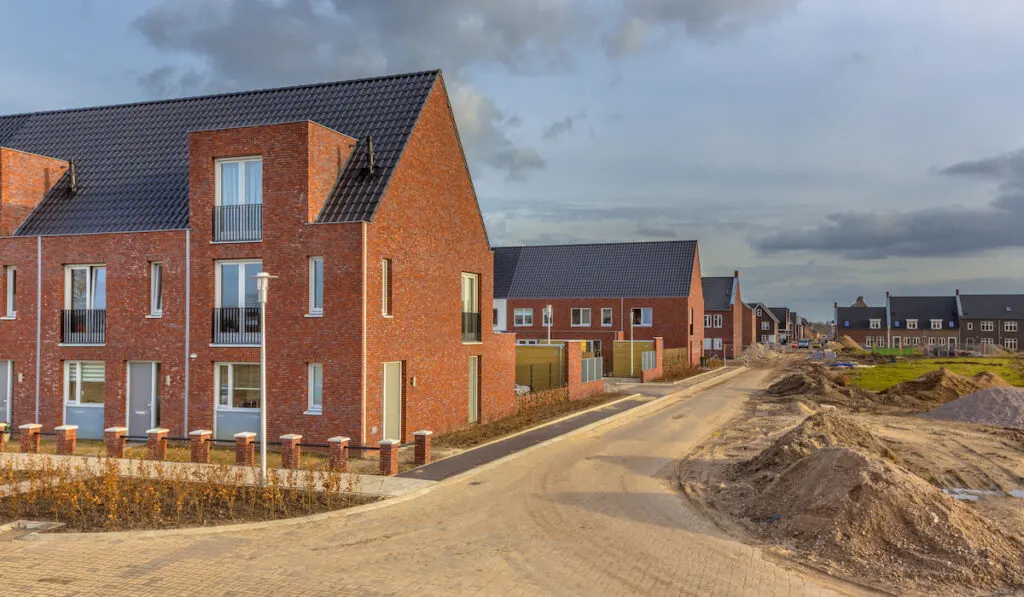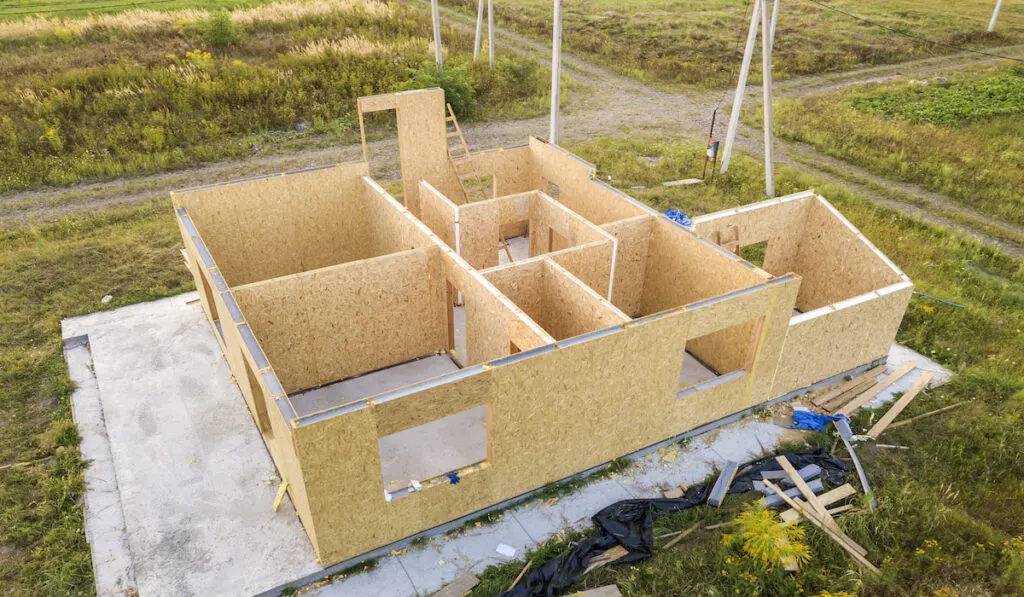Telling the difference between a manufactured and modular home can be quite complicated and oftentimes confusing. Both types of houses appear to be similar at first sight and commonly mistaken as site-built households.
While all three types of homes have significant similarities, each has characteristics that make them widely different from the others. Which type of building system is best for your needs? Read on and learn about their differences and benefits.

Manufactured Homes
These households offer the same benefits and amenities as any other site-built home but at a fraction of the cost. They can have spacious floor plans that can fit king-sized beds, dual sinks, bathtubs, ample storage spaces, etc.
Manufactured homes’ features are customizable. You can choose what type of flooring, exterior finish, cabinetry, countertops, etc. you’d like. And they are constructed in three standard sizes: single, double and triple wide.
These houses are built inside special facilities that protect the construction from anything that can cause a delay, like the weather, and go through thorough quality inspections so that they adhere to the federal codes and regulations administered by the Department of Housing and Urban Development (HUD).
The new home has to meet the Federal Manufactured Home Construction and Safety Standard Act of June 15th, 1976, which checks its design, construction, durability, fire resistance, energy efficiency, and transportability.
It also sets the standards for heating, plumbing, air conditioning, electrical and thermal systems. If the home conforms to every standard of the HUD code, then it is labeled with a guarantee in the form of a red tag.
After the home is completed, it has to be transported to its final destination. It is taken on its own wheels and axels it is manufactured on. Most of these houses don’t have full crawlspace due to their steel frame unless it is needed by the township.
Their final location can be on blocks, metal piers, slabs, permanent foundation, wooden pillars, even in a basement. It’s important to note that special residential zoning restrictions exist and that they can set limitations on the home’s final destination.
These properties can also be relocated with the help of a specialized contractor. Their wheels can be removed and put back on if towing is needed. The fact that they can be moved around makes them easy to sell as pre-owned dwellings.
If you are thinking about investing in a manufactured home, consider that they are much harder to finance than modular or site-built homes and that their home equity value tends to decrease. Also, when they are appraised, their value is determined by how much other manufactured homes have sold for in the same area.

Modular Homes
On the outside, modular houses look similar to site-built and manufactured homes. These homes have luxurious floor plans, flexibility in customization and affordable prices.
But the price per square foot can be much lower than for site-built homes. Tens of thousands of dollars lower. And they are incredibly energy efficient. They are sometimes used to create large residential projects or planned communities, like college dorms.
Modular homes can be designed with full kitchens, bathrooms, bedrooms, hookups for appliances like washer and dryer, even have fireplaces, dishwashers, porches, garages, sunrooms, etc. Upgrades can also be added in time. And since they are placed on a permanent foundation, they can have basements.
These dwellings are also built in climate-controlled facilities to avoid delays but are constructed in two to five sections, depending on its final size. Once the home finished, the sections are transported on steel carriers and assembled on location.
Its construction and assembly on its permanent foundation must follow state and regional codes. This means the factory needs to know what state the home will be going to.
The final touches are done at the building site. Once they’re done, an inspector will visit the site to make sure everything is up to standard and that the home is structurally sound.
If you own a modular home and want to sell, know that the value will be determined by how much site-built homes have been sold for in that area. A site-built home and a modular home are appraised the same. There should be no difference in value of one vs. the other when all other things are equal.
The Bottom Line
What are the main differences between a modular and a manufactured home then? Aside from how they’re built and their on-site permanence. And of course, what are the benefits of having a home made in a factory?
The most important difference would be how much profit you’ll be able to make if you decide to sell. Manufactured and modular homes don’t have the same resale values.
In this case, you’d have to go for modular homes if you want to get top dollar from your investment. Modular homes are typically more expensive per square foot than manufactured homes. So the home equity of a well-built modular home will continue to grow in value over time.
Both types of homes are stable structures that have to endure transportation to their final site. Studies have shown that natural disasters have caused less damage to them when compared to site-built homes. Also, assembling the home on its final location can only take a few hours or days, compared to the months it takes to complete site-built homes.
And finally, consider that the factories that build these dwellings work towards waste reduction to keep their prices low, so these homes are environmentally friendly. While site-built homes have to have their own dumpsters, only one 55-gallon trash can is needed to contain the waste produced when building a manufactured or modular home.
